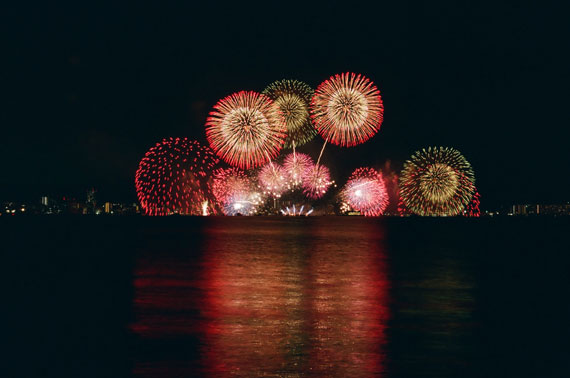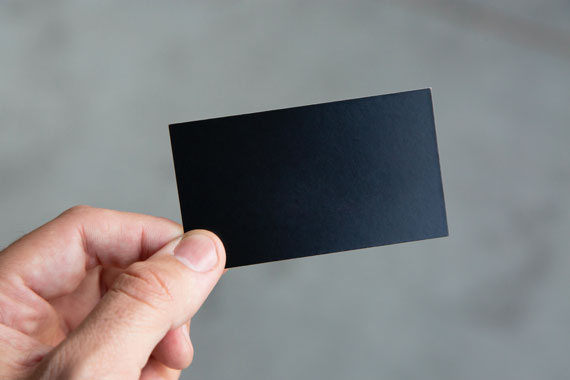The black card technique is used in long exposure photography and can be particularly effective for shooting fireworks. The goal is to prevent overexposure and to capture multiple bursts of fireworks in a single frame.
Final day: only hours left for the Fireworks Photography Guide July 4 Sale

Photo captured by Mio Ito
Here is how you can use this technique:
Equipment Needed:
- A Camera that allows for manual control of aperture, shutter speed, and ISO
- A Tripod
- Remote Shutter Release (to avoid camera shake)
- A Black Card – It should be large enough to cover your camera lens.
Procedure:
Setting up: First, set up your camera on a tripod. The location should be in a spot where you have a good view of the sky where the fireworks will explode.
Focus: Before the fireworks start, set the focus. If you’re mainly interested in the fireworks, you can manually focus your camera at a distance where you expect the fireworks to burst. Switch off auto-focus to ensure your camera doesn’t try to refocus every time you take a picture.
Camera Settings: Set your camera to a low ISO (like ISO 100 or 200) to reduce noise. Set your aperture to a mid-range value (like f/8 or f/11) for optimal sharpness. Since fireworks are bright, these settings should provide enough light for the shot.
Shutter Speed: Since we are aiming for long exposure to capture multiple bursts, you need to set your camera in Bulb mode. This mode allows you to keep the shutter open for as long as you press the shutter release button.
The Black Card: Hold the black card in front of your camera lens. You’ll want it close enough to cover the lens but not so close that you risk bumping the camera.

Photo captured by Giorgio Trovato
Shooting the Fireworks: As the fireworks show starts, press and hold the shutter release button to open the shutter. Keep the black card in front of the lens. When a firework burst that you want to capture happens, remove the black card from in front of the lens, exposing it to the light from the firework. Once the burst fades, replace the card. Repeat this each time there is a burst you want to capture. When you’re done capturing all the bursts you want in a single frame, release the shutter button to close the shutter and complete the exposure.
Experiment: This technique requires a bit of practice and experimentation. Don’t be discouraged if your initial shots are not what you expected. Play around with the timing of when you remove and replace the card, as well as the settings on your camera, until you get results that you are happy with.
Remember to review your shots and adjust your settings as needed. Factors such as the brightness of the fireworks, ambient light, and the desired effect may necessitate adjustment of your aperture, ISO, or how long you keep the shutter open.
For Further Training, Deal Ending Tonight:
With 4th of July Independence Day celebrations quickly approaching, we have been receiving requests for more training on how to photograph fireworks. Fireworks photography is indeed one of the most daunting types of photography. This in-depth tutorial eBook explains the process from start to finish, everything from gear and camera settings to composition and post-processing to achieve great results with fireworks of any kind. Currently 55% off to help photographers prepare for the July 4th!
A common result of photographers new to fireworks photography is capturing nothing but bright white spots instead of colorful bursts. But with the guidance of this eBook in hand, you should be fully prepared to photograph brilliant fireworks displays.
Only hours left: How to Photograph Fireworks Guide at 55% Off
Like This Article?
Don't Miss The Next One!
Join over 100,000 photographers of all experience levels who receive our free photography tips and articles to stay current:







Leave a Reply